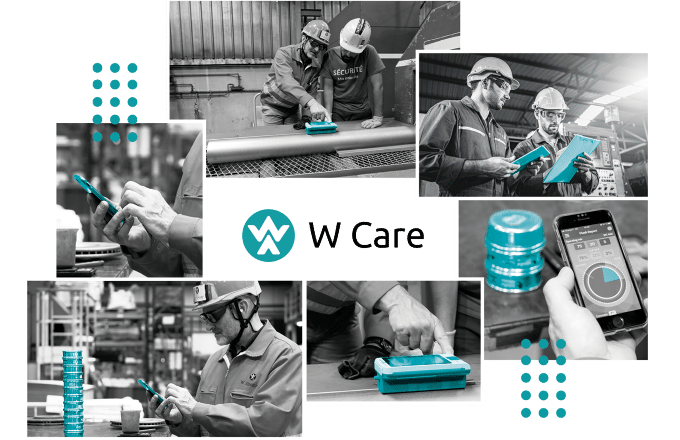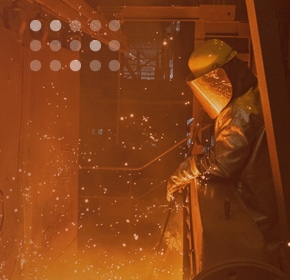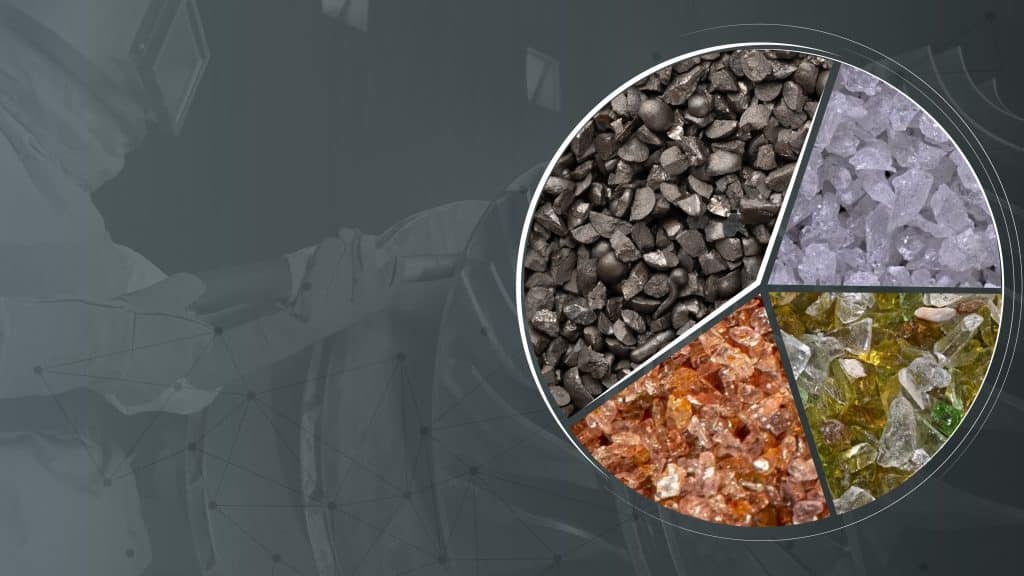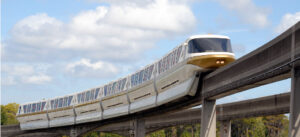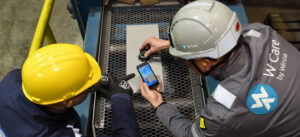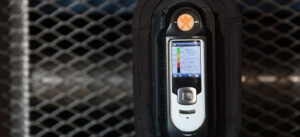Surface preparation is essential for industrial maintenance and construction, ensuring coating longevity and structural integrity. Choosing the right abrasive material is crucial.
.
Maximizing efficiency with steel grit abrasives in surface preparation
This article explores the economic and efficiency benefits of steel grit compared to traditional abrasives like garnet sand and slag, helping businesses make an informed decision.
In this picture, we can observe a worker working in a sandblast workshop.
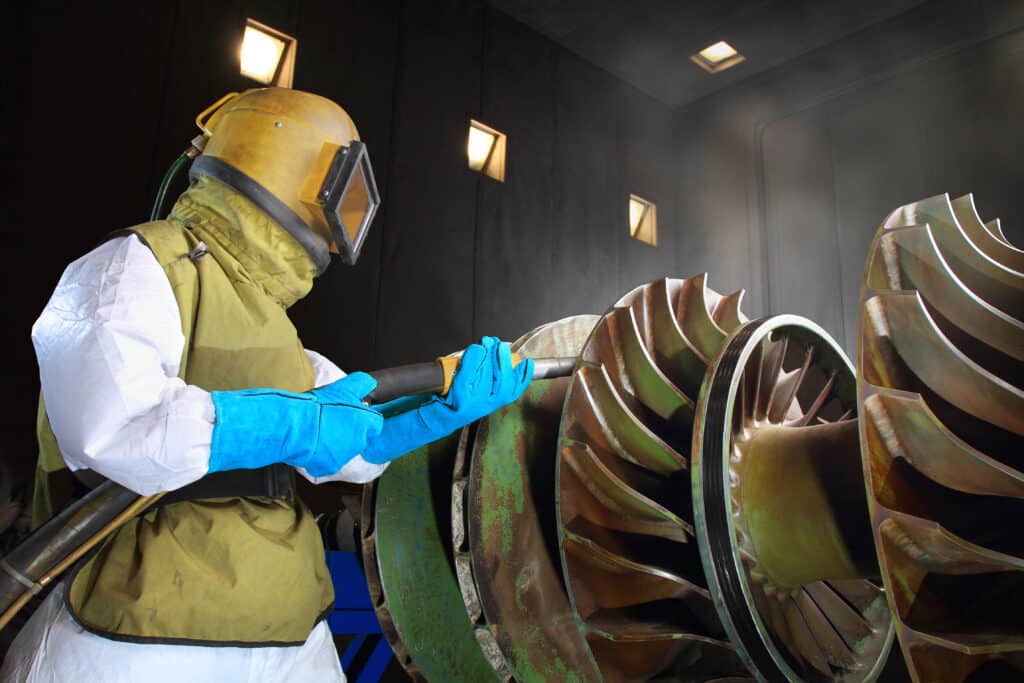
A closer look at abrasive options
Comparing Different Abrasive Materials
Historically, the industry has used mineral abrasives like garnet sand and slag for surface preparation, valued for their availability and initial cost. Garnet sand is preferred for its finishing quality on softer surfaces, while slag, although cost-effective, offers less durability. In contrast, steel grit, made from recycled steel scrap, provides durability, sustainability, and efficiency in cleaning metal surfaces. Its unique angular shape and variable hardness make it suitable for tasks ranging from coating removal, surface preparation prior to coating to surface polishing.
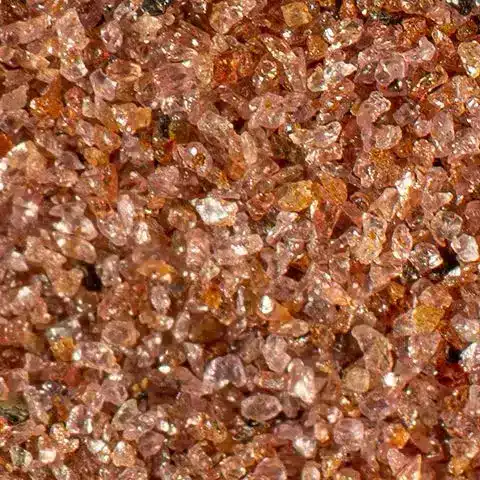
Table 1: Comparative analysis of steel grit vs. mineral abrasives
| Feature | Steel Grit | Garnet and Sand | Slag |
| Initial Cost | Higher initial cost but lower lifecycle cost due to reusability | Lower initial cost but higher lifecycle cost due to single-use | Low initial cost; moderate lifecycle cost due to limited reusability |
| Efficiency & Speed | High cleaning efficiency; fast preparation rates | Moderate efficiency; variable preparation rates depending on grade | Lower efficiency; slower preparation rates |
| Surface Finish | Uniform and consistent finish; adjustable based on grit size | Smooth finish, suitable for softer surfaces | Rough, less consistent finish |
| Environmental Impact | Low; highly recyclable with minimal waste generation | Moderate; low toxicity but not recyclable | High; often contains heavy metals and is not recyclable |
| Lifespan & Reusability | High; can be recycled multiple times | None; single-use | Low; limited reusability |
| Recommended Application | Heavy industries, shipyards, infrastructure maintenance | Soft metals, wood, some plastics | Light rust removal, light paint preparation |
Financial Advantages of Steel Grit Abrasives
Benefits of steel grit abrasives
Although initial costs may seem high, a comprehensive cost analysis demonstrates the economic superiority of steel grit. Its reusability and high efficiency reduce the overall cost per square meter treated, unlike single-use mineral abrasives. The ability to reuse steel grit multiple times significantly cuts costs, making it a financially smarter choice.
Operational efficiency further contributes to steel grit’s cost-effectiveness. Its aggressive action reduces blasting time and labor costs, while its uniformity assures consistent surface finish quality, reducing the need for rework. Notably, steel grit blasting media longevity and reusability mean lower disposal and replenishment costs, translating to notable savings on logistics and handling.
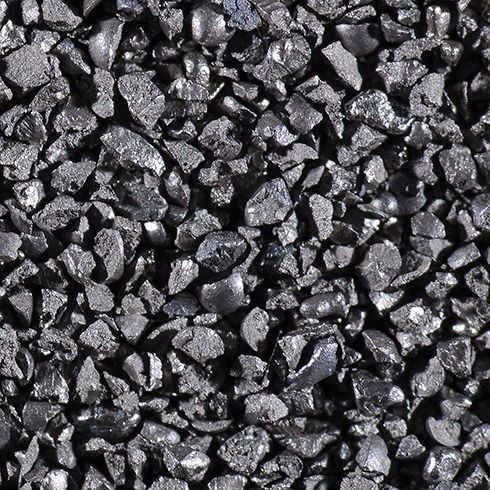
Table 2: Cost-Benefit analysis of implementing a steel grit recycling system
| Economic Factor | Description | Estimated Impact |
| Initial Investment Cost | Cost of purchasing and installing a recycling system for steel grit. Includes equipment, installation, and initial training expenses. | High upfront cost |
| Abrasive Cost Savings | Reduction in abrasive costs due to the reusability of steel grit compared to purchasing new mineral abrasives. | Significant savings over time |
| Disposal and Handling Costs | Savings in disposal fees and handling costs due to reduced waste generation with steel grit. | Moderate to high savings |
| Operational Efficiency Gains | Increased productivity and reduced downtime thanks to faster cleaning rates and reduced need for abrasive replenishment. | High efficiency gains |
| Environmental Compliance Savings | Potential savings in regulatory compliance costs due to lower environmental impact and waste generation. | Variable |
| Return on Investment (ROI) | Timeframe for the initial investment to be recouped through savings and efficiency gains. Typically calculated over several years. | Depends on operation scale |
Sustainability and operational gains with steel grit
Environmental and operational efficiency
Steel grit stands out not just for its economic advantages but also for its environmental benefits.
Its high recyclability, even with a non-sophisticated recycling system, supports sustainable practices, reducing waste and aligning with corporate green policies. Beyond its direct application, steel grit enhances operational efficiency when paired with advanced recycling systems, streamlining the management of materials and reducing procurement needs.
Table 3: Comparison of abrasive afficiency in airblasting operations
| Abrasive Type | Efficiency (Cleaning Rate Suface/Minute) |
Consumption Rate (Qty/Square Foot) |
Disposal and Handling Costs | CostsDust Generation |
| Abrasive Type | High | Low (due to high recyclability) | Low (lower waste generation) | Low |
| Garnet Sand | Moderate | Moderate | Moderate | Moderate |
| Slag | Lower to Moderate | High (single-use) | High (higher waste) | High |
| Aluminum Oxide | High | Moderate (reusable to a degree) | Moderate | Moderate |
| Glass Beads | Moderate to Low (gentle cleaning) | Moderate | Moderate | Low |
Systems like Phenics(TM) machines facilitate the separation of debris and used grit, allowing for efficient recycling. This capability is not just environmentally beneficial but also operationally efficient, as it simplifies the management of abrasive materials and reduces the need for continuous procurement.
Practical applications and success stories with steel grit
Case studies and applications
Evidence from the field confirms the advantages of steel grit in sandblasting (airblast) operations. Case studies illustrate significant cost and time savings for companies that have switched. A notable example includes a shipyard where the switch to steel grit resulted in a 30% cost reduction, thanks to less abrasive use and quicker cleaning.
Similarly, a manufacturing plant that incorporated an abrasive recycling system for steel grit media noted not only immediate cost savings but also an improvement in environmental compliance and workspace cleanliness, proving the long-term benefits of such an investment.
Success Story : Surface Protection for the Storbrücke Bridge Hannover Germany
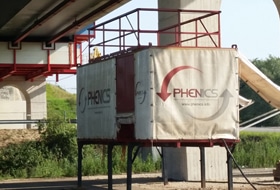
Investment in recycling systems
Overcoming the hesitation
The hesitation to invest in recycling systems for steel media often stems from concerns about initial costs. However, a detailed return on investment (ROI) analysis typically reveals a different story. By accounting for the reduced need for new abrasive material, lower disposal costs, and improved efficiency, companies can recoup their initial investment within a surprisingly short timeframe.
Moreover, partnering with experienced providers like Winoa can ease this transition. Winoa’s experts assist in evaluating specific needs, predict ROI timelines accurately, and ensure the seamless integration of recycling systems, making the switch to steel grit as smooth and beneficial as possible.
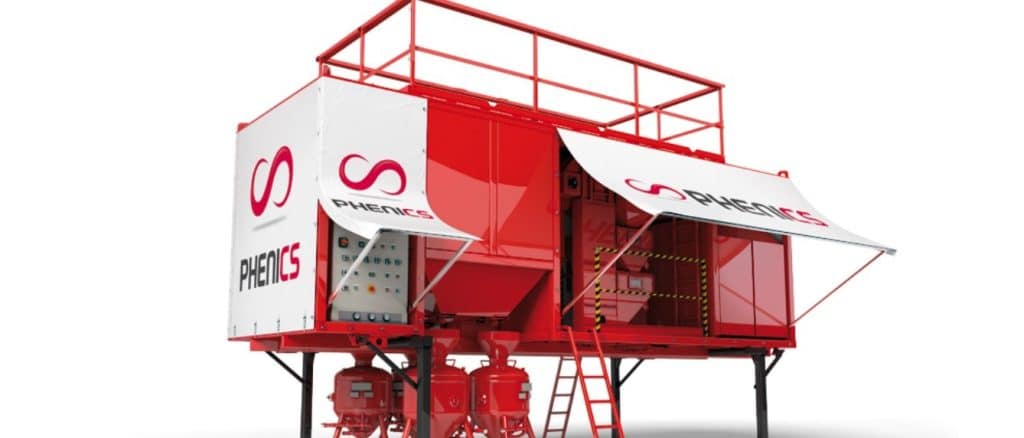
Moving forward with steel grit for efficiency and sustainability
Conclusion
Adopting steel grit is a forward-looking decision offering more than just material innovation; it’s a move towards greater efficiency, sustainability, and cost savings. The superior qualities of steel grit over traditional abrasives make it an ideal choice for companies aiming to improve their competitiveness while supporting environmental goals.
Learn more about steel grit solutions
Contact us
This transition is an opportunity for growth and sustainable development. We invite you to engage with Winoa’s specialists, who can provide tailored analyses and solutions, ensuring your transition to steel grit aligns with your specific needs and goals.
Our team is ready to assist in making your surface preparation more efficient, economical, and environmentally friendly.
